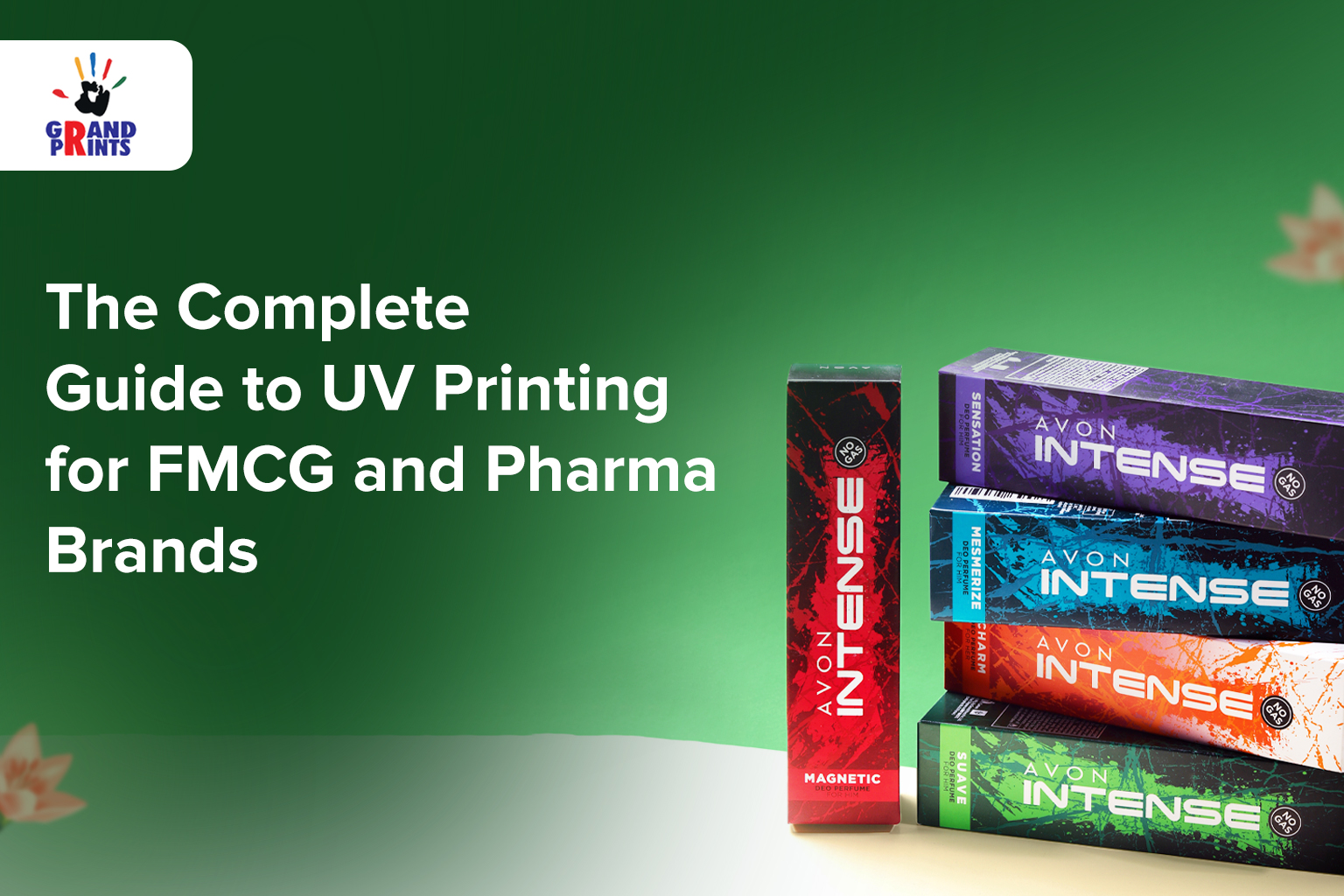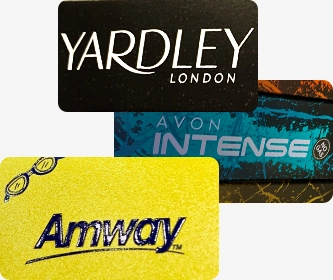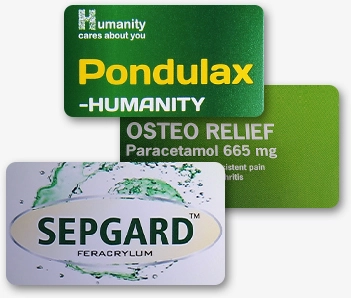The Complete Guide to UV Printing for FMCG and Pharma Brands

Packaging is no longer just about protection it is about experience, branding, and compliance. In fast-moving industries like FMCG and pharmaceuticals, cartons play a double role. They safeguard the product while also speaking for the brand. One technology that has transformed packaging printing in recent years is UV printing.
But what is UV printing, how does it work, and why are more brands choosing it for FMCG and pharma cartons? Let us explore this in detail.
What is UV printing?
UV printing is a digital printing method where ultraviolet (UV) light instantly cures specially designed inks. Unlike traditional offset printing where inks dry through absorption, UV inks dry the moment UV light hits them.
This technology creates sharper prints, brighter colours, and durable finishes. The biggest advantage? The print does not smudge or fade easily.
In simple words, UV printing ensures your packaging looks premium while staying strong through the supply chain.
How does UV printing work?
The UV printing process is straightforward but powerful.
- A printer applies liquid UV ink directly onto the carton surface.
- As soon as the ink is laid, UV lamps flash light over it.
- The ink cures instantly, creating a solid, durable layer.
- The cured surface is resistant to scratches, fading, and moisture.
This quick-drying method not only speeds up production but also supports vibrant designs on various substrates like paperboard, metallic boards, or laminated cartons.
What is UV printing used for in packaging?
Brands use UV printing services for applications that demand visual impact and durability. In FMCG, it enhances logos, brand colours, and textures. In pharmaceuticals, it ensures legibility, compliance, and protective finishing.
Some common uses include:
- Highlighting logos or brand elements
- Adding gloss or matte contrasts
- Protecting cartons from moisture and handling
- Printing on non-porous surfaces like metallic films
Spot UV vs Full UV – What is the difference?
You may have heard of spot UV or UV spot printing. But what is spot UV exactly?
- Full UV printing applies the coating across the entire surface, giving a glossy, protective finish.
- Spot UV targets specific areas like a logo, tagline, or product name. This makes them stand out with shine and texture.
Spot UV is often used on FMCG cartons for impact or on pharma cartons to draw attention to critical information.
Did you know?
According to Smithers, the global UV printing market is expected to grow steadily due to its eco-friendliness and adaptability across packaging sectors.
Why FMCG brands prefer UV printing?
In FMCG, the competition is intense. Shelf appeal can decide whether a customer picks your product or someone else’s. UV printing helps by:
- Delivering vivid colours that catch the eye
- Adding tactile finishes for consumer engagement
- Offering strong resistance to scratches during shipping
- Supporting short-run seasonal or limited-edition packs
For snacks, beverages, personal care, or gift packs, spot UV enhances branding while keeping the carton sturdy.
The role of UV printing in pharma packaging
Pharma cartons have different requirements. They must follow strict GMP standards and ensure packaging is functional, readable, and tamper-resistant. UV printing supports this by:
- Keeping text sharp and easy to read
- Providing protective coatings against moisture and wear
- Highlighting safety instructions through spot UV effects
- Enabling traceability by protecting barcodes or QR codes
Here, spot printing plays a dual role making labels clear and helping brands meet compliance.
Spot Color Printing and its Importance
Many confuse spot color printing with spot UV, but they are different.
- Spot UV adds a coating for shine and texture.
- Spot color printing uses a single, pre-mixed ink (like Pantone) for absolute colour accuracy.
When combined, spot color and UV create consistent, vibrant, and professional designs. FMCG brands use this to ensure every carton looks identical across batches.
What is spot digital printing?
With spot digital printing, brands get the flexibility of customisation. It combines digital technology with spot elements like UV or foiling.
This is useful for short runs, seasonal campaigns, or personalisation—without the cost of traditional large-scale printing.
Did you know?
Studies show that 60% of purchasing decisions are influenced by packaging design. Adding UV effects can directly improve shelf impact.
What are the advantages of UV printing for cartons?
Here’s why UV printing is gaining traction across FMCG and pharma:
- Durability: Resists scratches, fading, and moisture
- Visual appeal: Enhances graphics and logos with contrast
- Faster production: Instant curing speeds up timelines
- Eco-friendliness: Lower VOC emissions compared to solvent-based inks
- Substrate versatility: Works on coated, uncoated, metallic, and laminated boards
The UV printing process in simple steps
For better clarity, here is how the process looks:
| Step | Action | Benefit |
|---|---|---|
| 1 | Artwork design with UV elements | Focused branding impact |
| 2 | Application of UV ink | Sharp and detailed colours |
| 3 | Exposure to UV light | Instant curing, no drying time |
| 4 | Final coating or lamination (optional) | Extra durability |
| 5 | Quality checks | Ensures consistency across cartons |
What are the Current trends in UV printing
- Hybrid effects: UV combined with embossing, foiling, or Met Pet bases.
- Selective textures: Using UV for raised or matte-gloss contrasts.
- Eco-friendly focus: Brands adopting water-based UV alternatives.
- Premiumisation: FMCG products using UV to appear more luxurious.
- Personalisation: Short-run UV printing for targeted campaigns.
Did you know?
The Indian printing and packaging industry is growing at over 12% annually, with UV printing as one of the fastest-growing technologies.
The Bottom Line
UV printing is not just about gloss – it is about making packaging smarter, stronger, and more engaging. For FMCG brands, it boosts shelf appeal and consumer engagement. For pharma, it ensures compliance and safety.
Whether it is spot UV, spot color printing, or full UV coverage, the technology gives packaging a distinct advantage.
So, the next time you wonder, “how does UV printing work, and what is UV printing used for?”—remember it is more than a finish. It is a tool that protects your product, elevates your brand, and secures your place on the shelf.
<< back to blog

